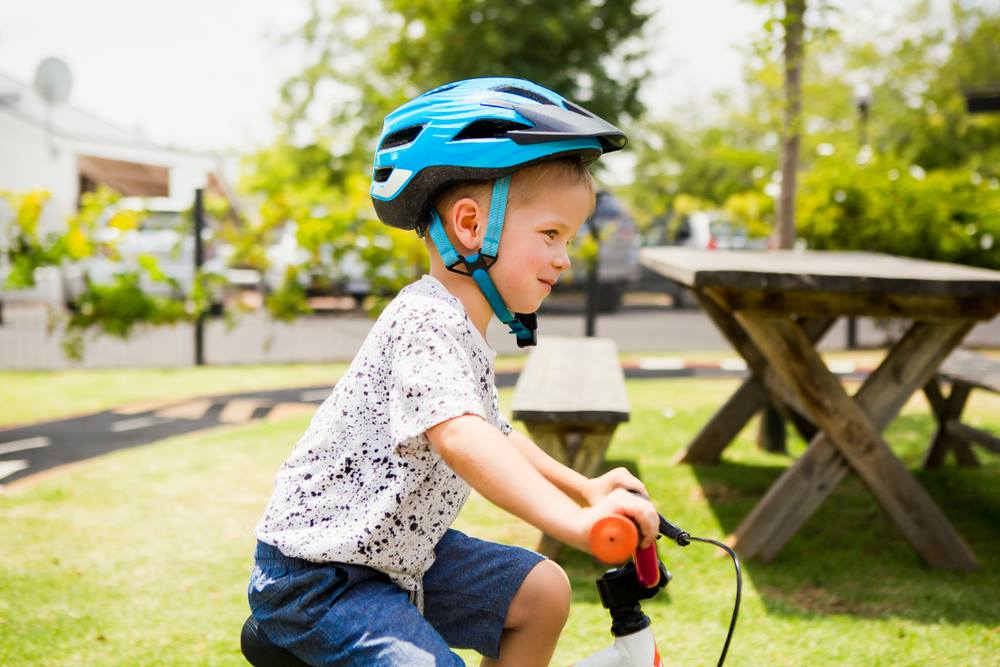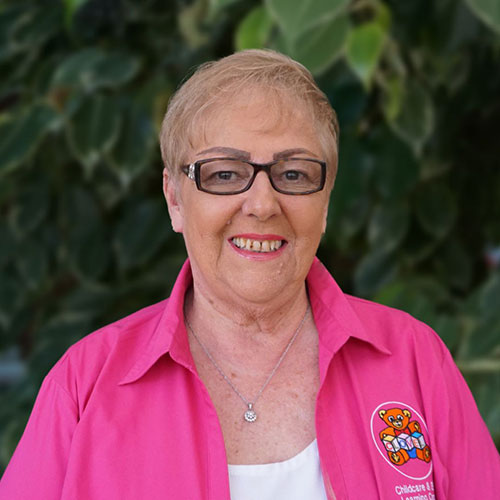From the moment a child is born, they begin to move, working to gain greater control over their bodies. The movements are small at first but, overtime, their frequency increases as muscles are strengthened.
Gross motor development centers around children developing the skills necessary to control the large muscles of the body that are so important to proper movement. Gross motor skills are necessary for children to learn how to sit up independently, crawl, stand, walk, run, skip, and jump. Gross motor skills involve the whole body—the belly and back as well as the arms and legs.
Much of gross motor development happens during organic play and it is important for parents and caregivers to know the expectations for gross motor development at each age to ensure children are developing properly. If children are lagging in their gross motor development, early intervention can help them catch up. Let’s look at the gross motor development milestones and guidelines for preschool aged children.
2 Years Old
By two years of age, most toddlers can walk and run fairly well (though stumbles and falls are still quite common). Children who are two should be able to jump and have both feet leave the ground. They should be able to make their way up and down a short flight of stairs under supervision. They should also be able to kick a ball using both their left and right foot.
Two-year-old children should be using their core muscles and be able to pull themselves from lying down to sitting up easily. They should also be able to get themselves into a standing position, walk while holding a toy, and change directions while walking.
3 Years Old
Gross motor skills continue to develop in this age group. Three-year-old children should be able to balance on one foot for a few seconds at a time. They should be able to catch a large ball thrown to them, ride a tricycle and jump 25 – 60cm in a forward direction.
By three, children should be able to transition into a variety of positions—from lying to sitting to crawling on all fours and standing. They should be walking confidently and be able to pick up a toy from the floor without falling over. They should be able to follow simple commands instructing them to move two limbs at once (“Put your arms over your head”).
4 Years Old
Four-year-old children should be running, jumping, and climbing with ease. They will begin to learn to skip, though many will not have the skill mastered. Children who are four should be able to do simple hopscotch jumping and catch balls with great regularity.
As gross motor skills continue to develop, four-year-old children will start walking up stairs using alternating feet. They should start practicing the art of walking on tip toes and should be able to jump in the air, lifting both feet, five times or more.
5 Years Old
At five, children should be skipping and learning more complicated skills. Children will learn to swim and ride a bicycle without the support of training wheels. Five-year-old children should be good climbers.
Children who are five should be able to catch a ball that is bounced to them. They should be able to easily run around obstacle in their paths. They should have no trouble walking on a line or performing a forward roll.
What Should I Do if My Child is Behind in Gross Motor Development?
It is important to remember that developmental guidelines are exactly that—flexible guidelines rather than hard-and-fast rules. Every child develops differently and at their own rate. Some children will develop gross motor skills earlier than expected, and others later. This is a normal part of the growth process.
Parents and educators are often the first to notice potential developmental delays. If you believe your child might be behind in their gross motor development, contact your pediatrician or primary care doctor and discuss your observations. Often, children do not require intervention and are able to catch up on their own. If your doctor feels your child’s developmental delays require attention, he or she may refer you to a physical therapist or recommend exercises or activities that can be completed at home or school.
Many early childhood educators receive training on games and activities that can help improve gross motor skill development. Be sure to talk to your child’s teacher and make them aware of any diagnosis so they can incorporate the exercises into your child’s school day.
Monitoring gross motor development is a good way to make sure your child is developing in a healthy way, and bringing in your child’s pediatrician and teachers when necessary provides the support your child needs and help him or her thrive.
Thanks for reading,
Clovel Childcare
1300 863 986












